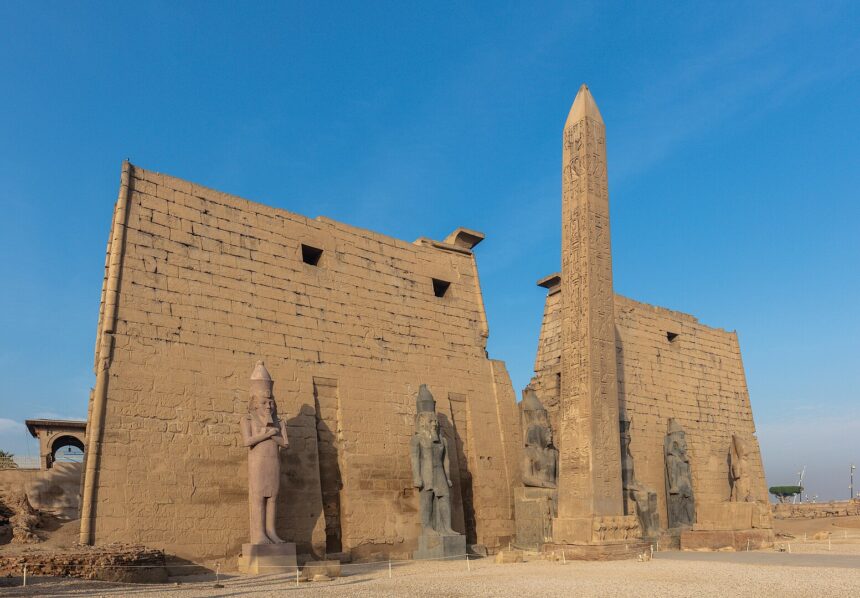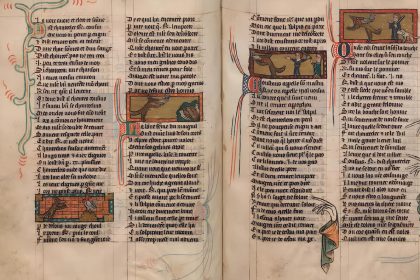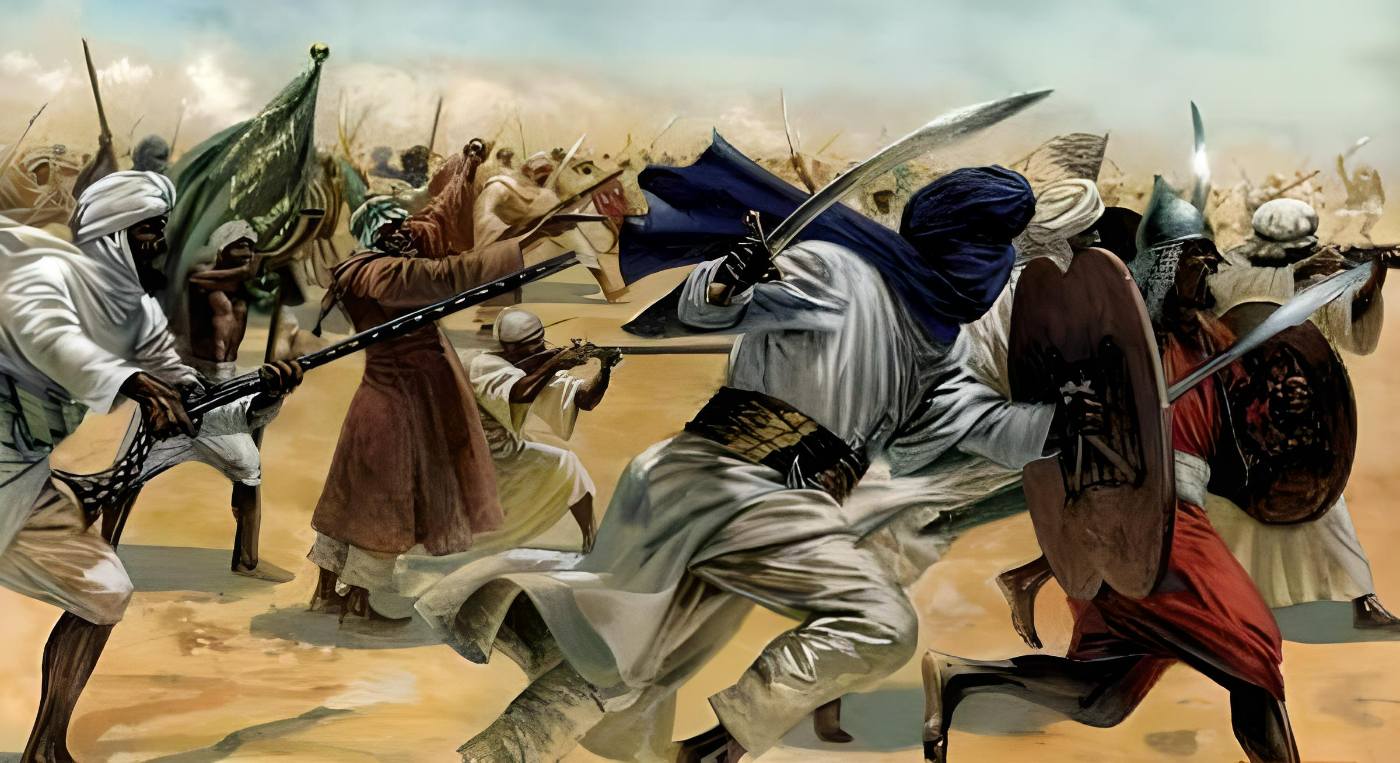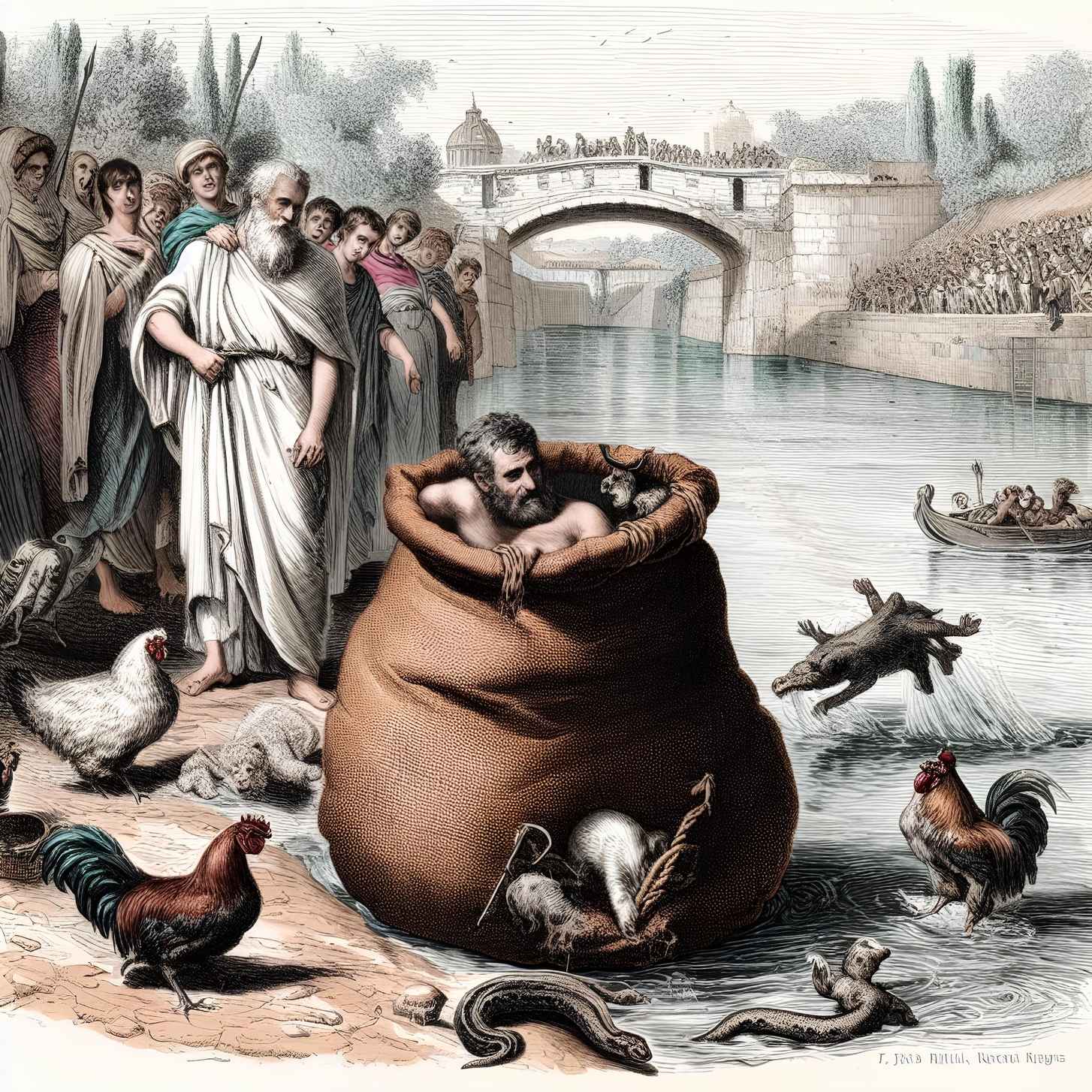When the Temple of Luxor was built, the city was then called Thebes and served as the capital of the New Kingdom. Located 500 kilometers south of Cairo, this city is today the starting point for many Nile cruises, having once been a major cultural, political, and religious center.
The construction of the Temple of Luxor spanned several centuries. Initiated by Pharaoh Amenhotep III, the project was subsequently continued, expanded, and embellished by Ramesses II, Tutankhamun, and Horemheb. We can therefore distinguish several construction phases, as well as Christian and Muslim traces. Indeed, the temple was used as a church and converted into a mosque.
To Whom Is the Temple of Luxor Dedicated?
The Temple of Luxor was built to glorify the god Amun, considered the king of the gods, in his aspects as Amun-Ra and Amun-Min. Amun-Ra is the most important god in Egyptian mythology and represents Amun in all his glory. Ithyphallic, Amun-Min is among the deities that embody fertility. Amun is one of the components of the Theban triad, a group of three deities comprising Amun, his wife Mut often adorned with vulture wings, and their son Khonsu, a minor god whose head is usually topped with a lunar disk. Within the Temple of Luxor, we find chapels dedicated to this triad.
What Was the Opet Festival That Took Place at the Temple of Luxor?
The Opet Festival ranks among the most important in the Egyptian calendar, so much so that the pharaoh himself participated in it. It took place every year in the second month of the Nile flood season. The statues of the Theban triad were brought out of the Temple of Karnak and carried in procession on boats along the Nile to the Temple of Luxor, where numerous rites were then performed by priests and the pharaoh for ten days, in the secrecy of the sanctuary.
Over time, the festivities eventually extended over a full month. Singers, acrobats, musicians, and dancers of all kinds accompanied the procession. Currently, the Muslim festival of Abu el-Haggag is a survival of the Opet Festival, also celebrated in Luxor to commemorate the city’s capture by the Prophet.
The Temple of Luxor: A Place of Worship for Pharaohs and Emperors
While the Temple of Luxor is primarily dedicated to Amun and his family, various pharaohs and emperors did not fail to take advantage of the site’s prestige to add their own personal cult. Ramesses II began by adding colossal statues in his likeness and usurped those of the previous builder, Amenhotep III.
The depiction of the famous Battle of Kadesh was also intended to glorify the pharaoh’s image. Much later, Alexander the Great added a chapel dedicated to himself near the entrance to the Temple of Luxor, intended to serve his cult, and had himself represented as a pharaoh worshipping Amun.
Where Is the Second Obelisk from the Temple of Luxor?
The obelisks of the pylon (the entrance to an Egyptian temple) are among the wonders of the Temple of Luxor. However, the Luxor complex now has only one. The second was indeed offered to King Charles X of France by Muhammad Ali of Egypt in 1830, and can now be found in the Place de la Concorde in Paris. The second obelisk was also supposed to be delivered after the first, but the transportation difficulties with the first prompted France to “return” it to Egypt.






